Hidden in the rolling hills of eastern Ohio lies Gnadenhutten, a quiet village carrying one of America’s most heartbreaking Revolutionary War stories. In 1782, this peaceful Moravian mission became the site of an unthinkable tragedy when 96 innocent Native American converts were massacred by Pennsylvania militiamen. Today, visitors can walk these sacred grounds to honor the victims and discover a forgotten chapter of American history that deserves to be remembered.
1. Visit the Site of the Gnadenhutten Massacre
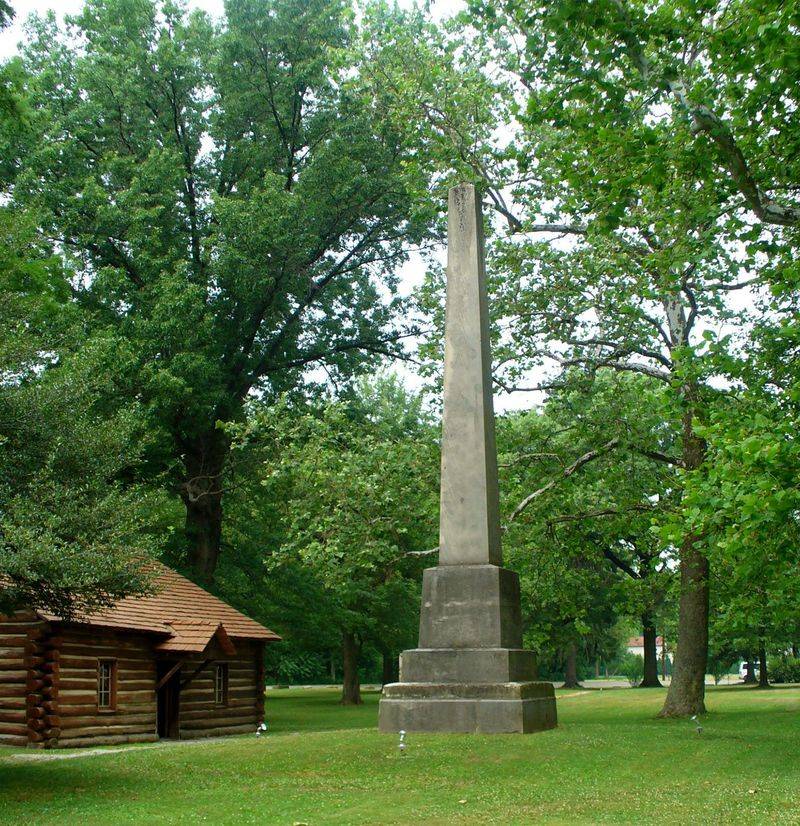
Standing on the very ground where 96 peaceful Christian Lenape men, women, and children lost their lives creates an overwhelming sense of reverence and sorrow. The massacre site itself has been carefully preserved as hallowed ground.
Walking through this space, you can almost hear the echoes of a thriving community that once called this place home. These innocent victims were praying and singing hymns when Pennsylvania militiamen arrived on that fateful March day in 1782.
The experience transforms abstract history into deeply personal reflection, making this forgotten tragedy feel immediate and real.
2. Explore the Gnadenhutten Historical Museum
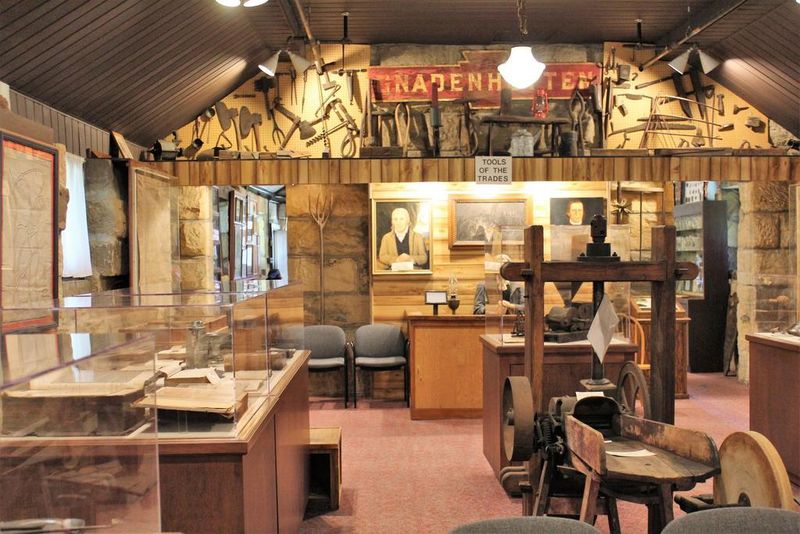
Local historians have created a treasure trove of artifacts that bring the 18th century to vivid life. Original Moravian religious items, Native American tools, and personal belongings recovered from archaeological digs fill display cases with stories waiting to be discovered.
Handwritten letters and diary entries from missionaries provide intimate glimpses into daily life before the tragedy struck. The museum’s collection includes rare photographs and documents that most history books never mention.
Knowledgeable volunteers often share family stories passed down through generations, adding personal touches that make history feel alive and immediate.
3. See the Reconstructed Log Cabin and Mission Church
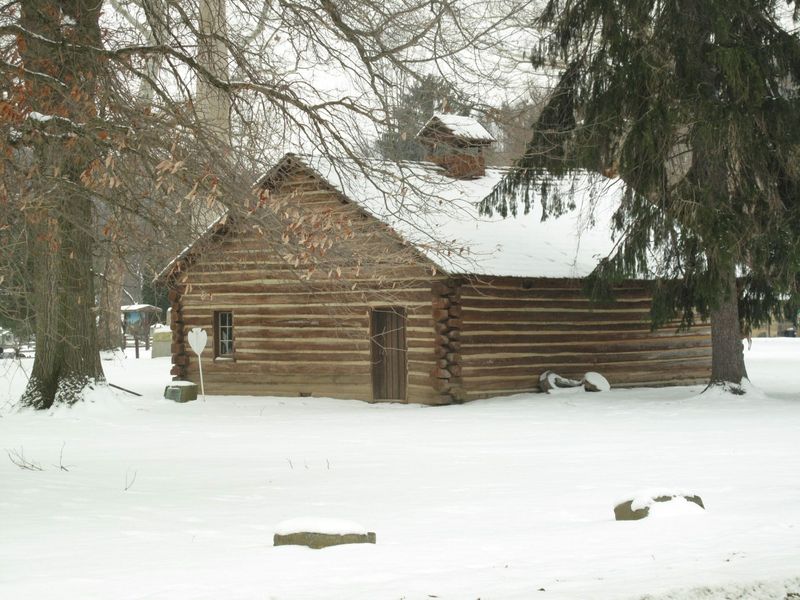
Step inside carefully recreated buildings that mirror the original structures where families once lived, worked, and worshipped together in harmony. Authentic period furnishings and handcrafted items showcase the remarkable cooperation between Moravian missionaries and Native converts.
The mission church features simple wooden pews where victims spent their final moments in prayer. Original construction techniques using hand-hewn logs and traditional joinery methods demonstrate the craftsmanship of colonial builders.
These reconstructions offer tangible connections to a community that believed peace and faith could overcome cultural differences and historical conflicts.
4. Reflect at the Memorial Monument
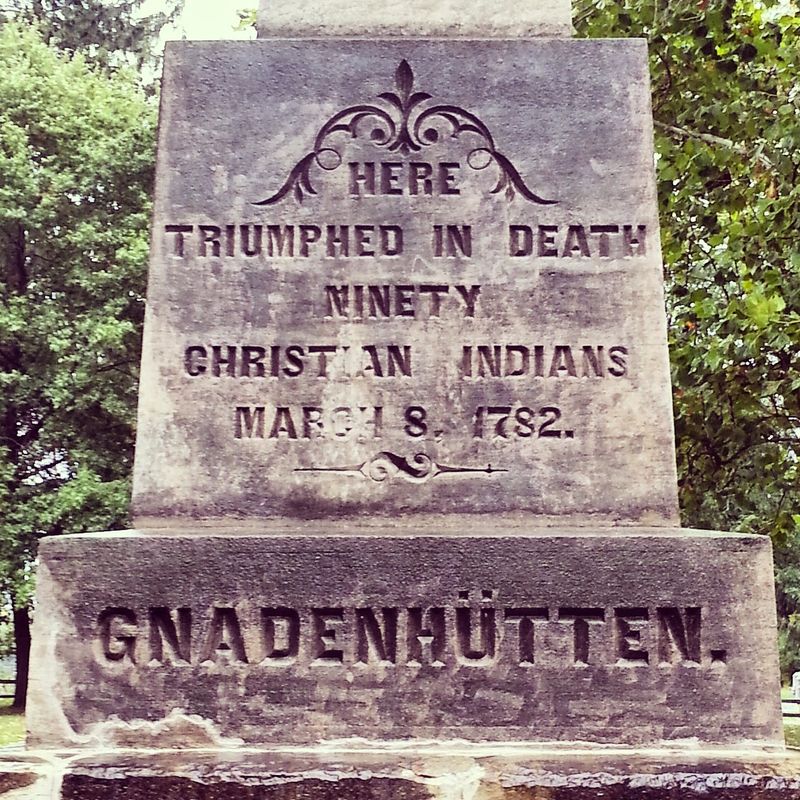
The towering granite obelisk erected in 1872 commands attention with its simple yet powerful presence against the Ohio countryside. Carved inscriptions honor each victim by name, ensuring their individual stories won’t be forgotten by future generations.
Fresh flowers often appear at the monument’s base, left by visitors who understand the importance of remembering this tragic chapter. The memorial’s weathered stone surface tells its own story of nearly 150 years standing guard over sacred ground.
Sunrise and sunset visits offer particularly moving experiences, when golden light casts long shadows that seem to whisper forgotten prayers across the peaceful landscape.
5. Learn About Moravian Missionary History
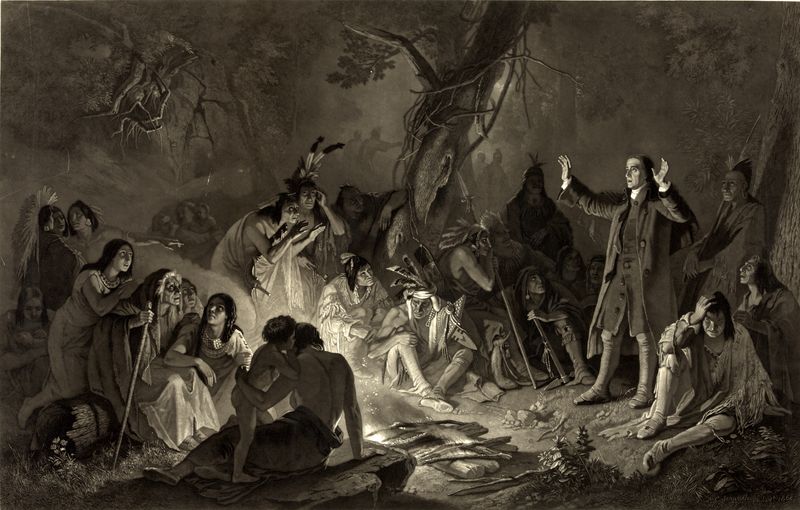
German-speaking Moravians arrived in Ohio with revolutionary ideas about building integrated Christian communities where cultural differences became strengths rather than divisions. Their approach to missionary work emphasized learning native languages and respecting indigenous customs.
Unlike other colonial settlements, Gnadenhutten operated as a truly cooperative society where Native Americans and Europeans shared leadership roles, farming duties, and spiritual responsibilities. This remarkable experiment in multicultural harmony lasted nearly a decade.
Understanding their story reveals how prejudice and wartime hysteria destroyed one of early America’s most successful examples of peaceful coexistence and mutual respect.
6. Walk the Peaceful Grounds
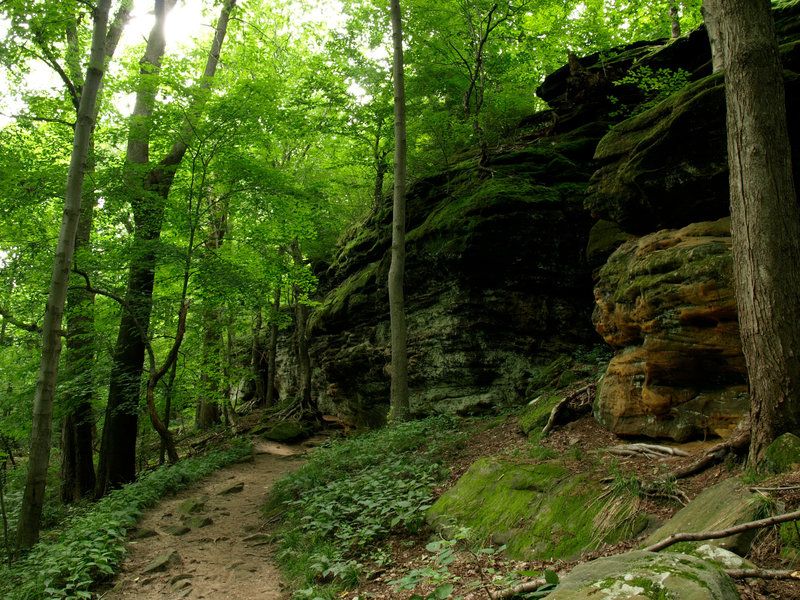
Well-maintained trails wind through the historic site, connecting important locations while interpretive signs share stories that textbooks often overlook. The walking paths follow routes once used by villagers going about their daily routines of farming, crafting, and worship.
Ancient oak trees that witnessed the original tragedy still stand as silent sentinels, their massive trunks holding memories that span centuries. Seasonal wildflowers and native plants create natural beauty that honors the land’s indigenous heritage.
The contemplative atmosphere encourages quiet reflection and personal connection with this sacred space where hope and horror intersected in American history.
7. Enjoy the Scenic Rural Setting
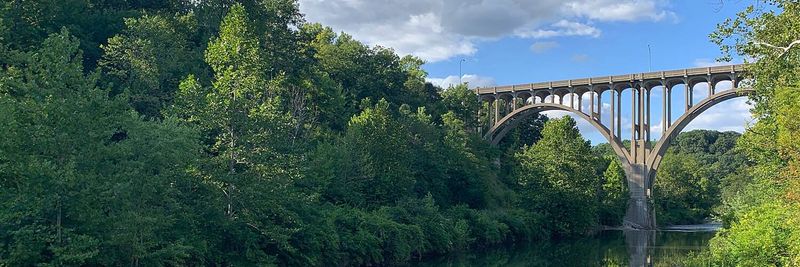
Rolling farmland stretches toward distant horizons, creating the same pastoral beauty that originally attracted Moravian settlers to this fertile river valley. Photographers find endless inspiration in the changing seasons that paint the landscape in brilliant colors.
The Tuscarawas River meanders nearby, its gentle waters reflecting clouds and providing habitat for wildlife that Native Americans once hunted and fished. Corn fields and pastures surround the historic site, maintaining the agricultural character that defined colonial life.
City dwellers discover genuine peace in this rural retreat, where modern stress melts away amid timeless natural beauty and profound historical significance.
8. A Must-Visit for Revolutionary War Buffs
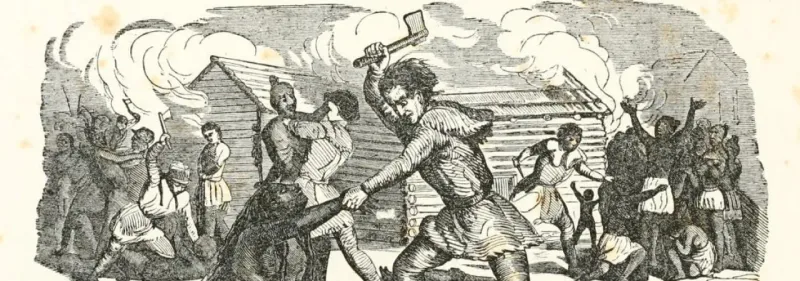
Most Revolutionary War tourism focuses on famous battlefields and founding fathers, but Gnadenhutten reveals the conflict’s devastating impact on innocent civilians caught between warring sides. This lesser-known tragedy fills crucial gaps in understanding the war’s true human cost.
Primary source documents and archaeological evidence provide authentic insights into frontier life during America’s founding era. The site challenges comfortable narratives about the Revolution by confronting visitors with uncomfortable truths about violence and prejudice.
History enthusiasts gain deeper appreciation for the complexity of colonial conflicts and the courage required to pursue peace in violent times.
9. Off-the-Beaten-Path Travel
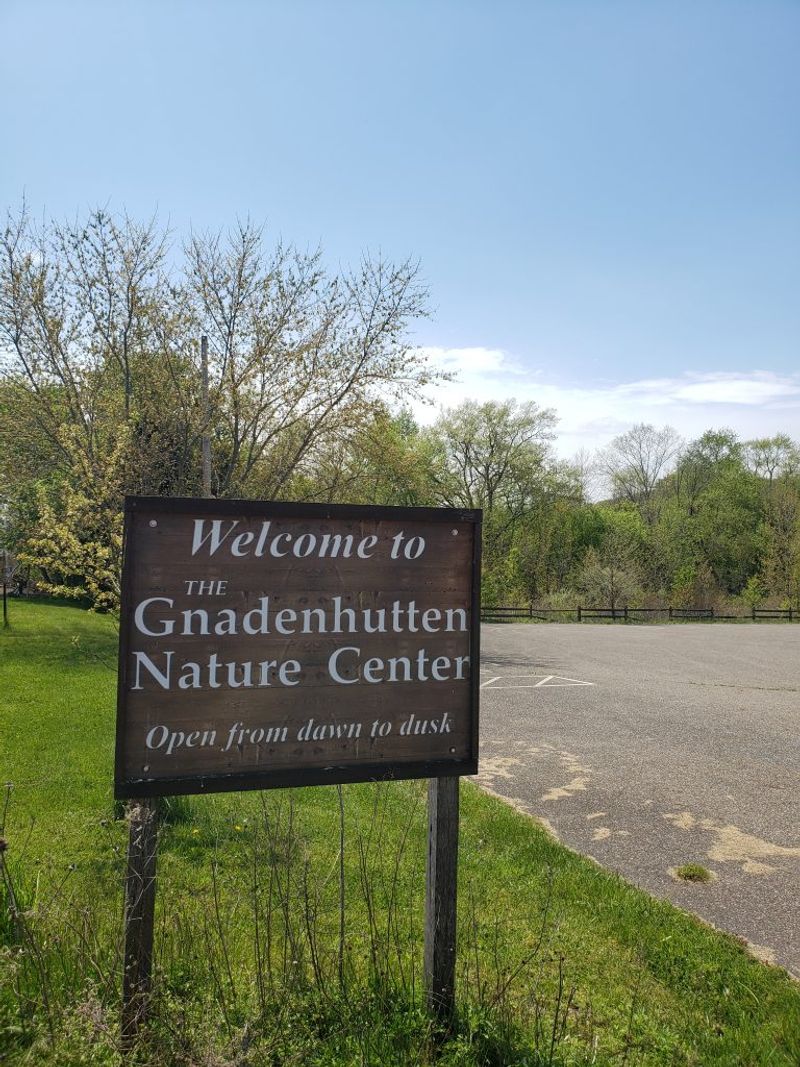
Adventure seekers tired of crowded tourist attractions find authentic historical experiences without fighting through masses of selfie-taking visitors. Gnadenhutten offers intimate encounters with the past that popular destinations simply cannot match.
Small-town hospitality welcomes travelers with genuine warmth and personal attention that chain hotels and commercial attractions rarely provide. Local residents often share family connections to the area’s history, creating meaningful conversations with people who truly care about preserving these stories.
Road trip enthusiasts discover that sometimes the most profound travel experiences happen in places that guidebooks barely mention but hearts never forget.
10. Great Educational Opportunity for Families
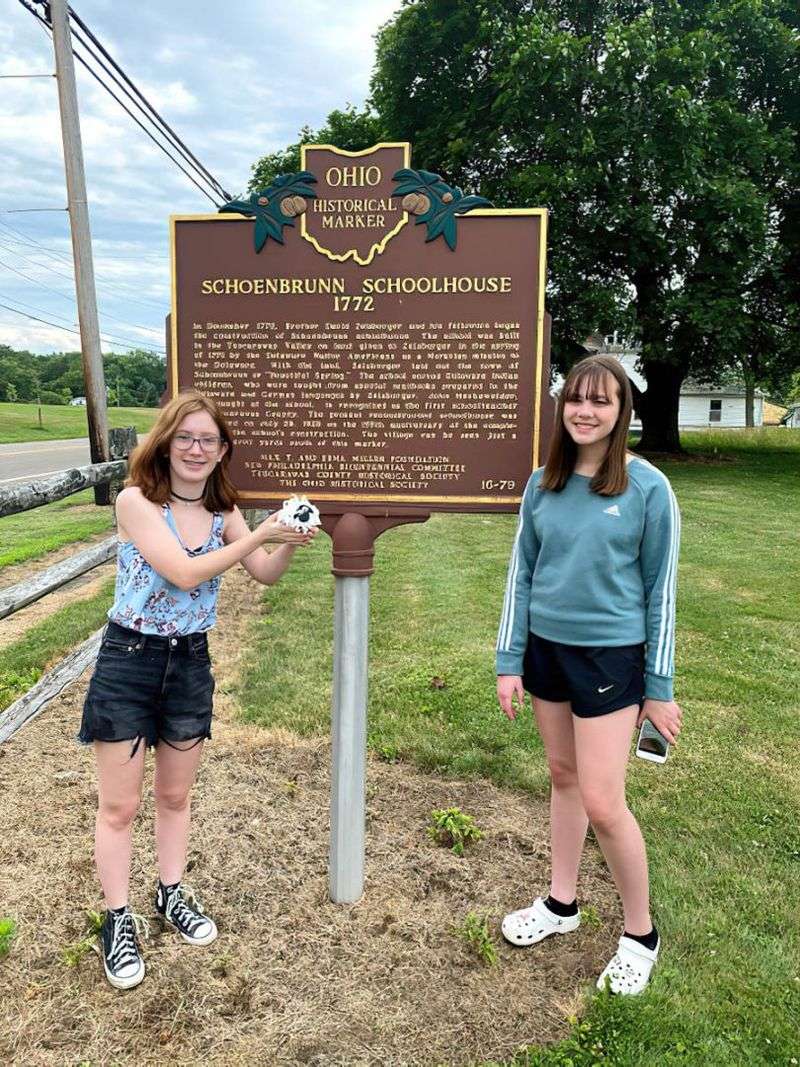
Children connect with history through hands-on experiences that make textbook lessons feel real and important. Interactive exhibits and period demonstrations help young minds understand how people lived, worked, and faced challenges in colonial America.
The tragic story, presented age-appropriately, teaches valuable lessons about prejudice, violence, and the importance of treating all people with dignity and respect. Parents find meaningful opportunities to discuss difficult topics in supportive educational environments.
School groups often visit to supplement classroom learning with authentic historical experiences that students remember long after tests are forgotten and grades are recorded.
11. Ideal for a Reflective Day Trip

Pack a picnic lunch and spend unhurried hours exploring at your own pace, allowing the site’s peaceful atmosphere to work its contemplative magic. Nearby green spaces provide perfect spots for quiet meals surrounded by natural beauty and historical significance.
The village’s compact size makes it perfect for half-day visits that don’t require extensive planning or exhausting schedules. Combine your trip with visits to charming nearby towns that showcase rural Ohio’s hospitality and character.
Many visitors report feeling spiritually refreshed after spending time in this sacred space where tragedy and remembrance create powerful opportunities for personal reflection.
12. Unique and Thought-Provoking Photography

The granite memorial creates striking compositions against changing skies, while weathered stone surfaces and carved inscriptions offer compelling close-up subjects that tell stories without words. Golden hour lighting transforms ordinary scenes into extraordinary artistic opportunities.
Reconstructed log buildings provide authentic colonial architecture rarely found elsewhere, with hand-hewn details and period furnishings creating atmospheric interior shots. Seasonal changes bring new photographic possibilities throughout the year.
Thoughtful photographers find ways to capture the site’s solemn beauty while respecting its sacred nature, creating images that honor the victims’ memory and inspire others to visit.



